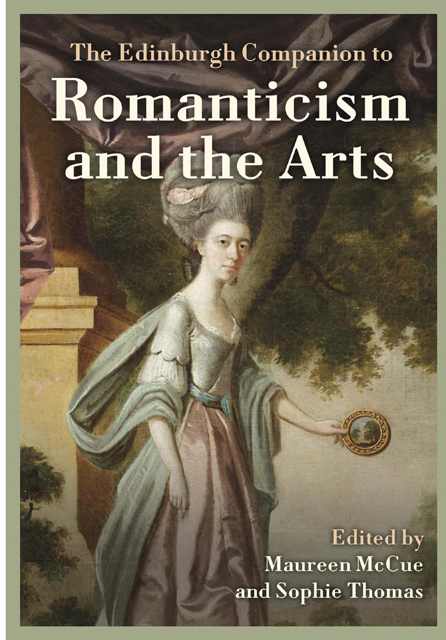20 - Fashioning the Female Artist: Allegory and Celebrity in Lady Diana Beauclerk’s Watercolours of The Faerie Queene
Published online by Cambridge University Press: 25 April 2023
Summary
This chapter explores Lady Diana Beauclerk’s (1734–1808) rarely studied large-scale images of scenes from Edmund Spenser’s epic, The Faerie Queene, completed in 1781 while she was in residence near Horace Walpole’s Gothic mansion, Strawberry Hill. These remarkable watercolours depict key moments from the epic that focus on Spenser’s heroines in action. Borrowing from a variety of styles and techniques, the paintings are a blend of fantastical detail, global iconography and au courant fashion trends designed to highlight particular aspects of Spenser’s narrative. In this way, Beauclerk provides the spectator with a dazzling array of examples of the eclectic nature of late eighteenth-century visual culture. In particular, her portrayal of Spenser’s Britomart as a powerful and striking Minerva figure capitalises on the associations between Minerva, the goddess of war and wisdom, and women’s intellectual and artistic accomplishments across visual and narrative materials. Beauclerk’s representation of female figures in Spenser indicates that she was not just highlighting feminine virtue and beauty (as was the case with most visual representations of Spenser’s heroines), but rather revisiting specific instances of power, agency and determination in the epic. In doing so, Beauclerk provides new ways of thinking about the role of women artists in the late eighteenth century.
During the eighteenth and nineteenth centuries, The Faerie Queene was the subject of paintings and engravings by a number of artists including: Benjamin West, Sir Joshua Reynolds, Henry Fuseli and Angelica Kauffman. In terms of illustration, however, Beauclerk’s watercolours appear to be the only set of pictures made to accompany the epic (potentially for publication) aside from William Kent’s less elaborate images completed in 1751. Although these watercolours have been largely unseen both by her contemporaries and by modern scholars (they are housed today in a drawer at the Lewis Walpole Library), I argue that we can understand them as cleverly staged advertisements for Beauclerk’s work. Considering Beauclerk’s watercolours of The Faerie Queene to be more than simply amateur productions highlights the ambiguous distinction often made between amateur and professional women artists in the late eighteenth century. Beauclerk’s Faerie Queene project allowed her to participate in a trend popularised by leading professional artists, and these carefully rendered illustrations may have been designed to create more opportunities for her artistic career.
- Type
- Chapter
- Information
- The Edinburgh Companion to Romanticism and the Arts , pp. 374 - 390Publisher: Edinburgh University PressPrint publication year: 2022

